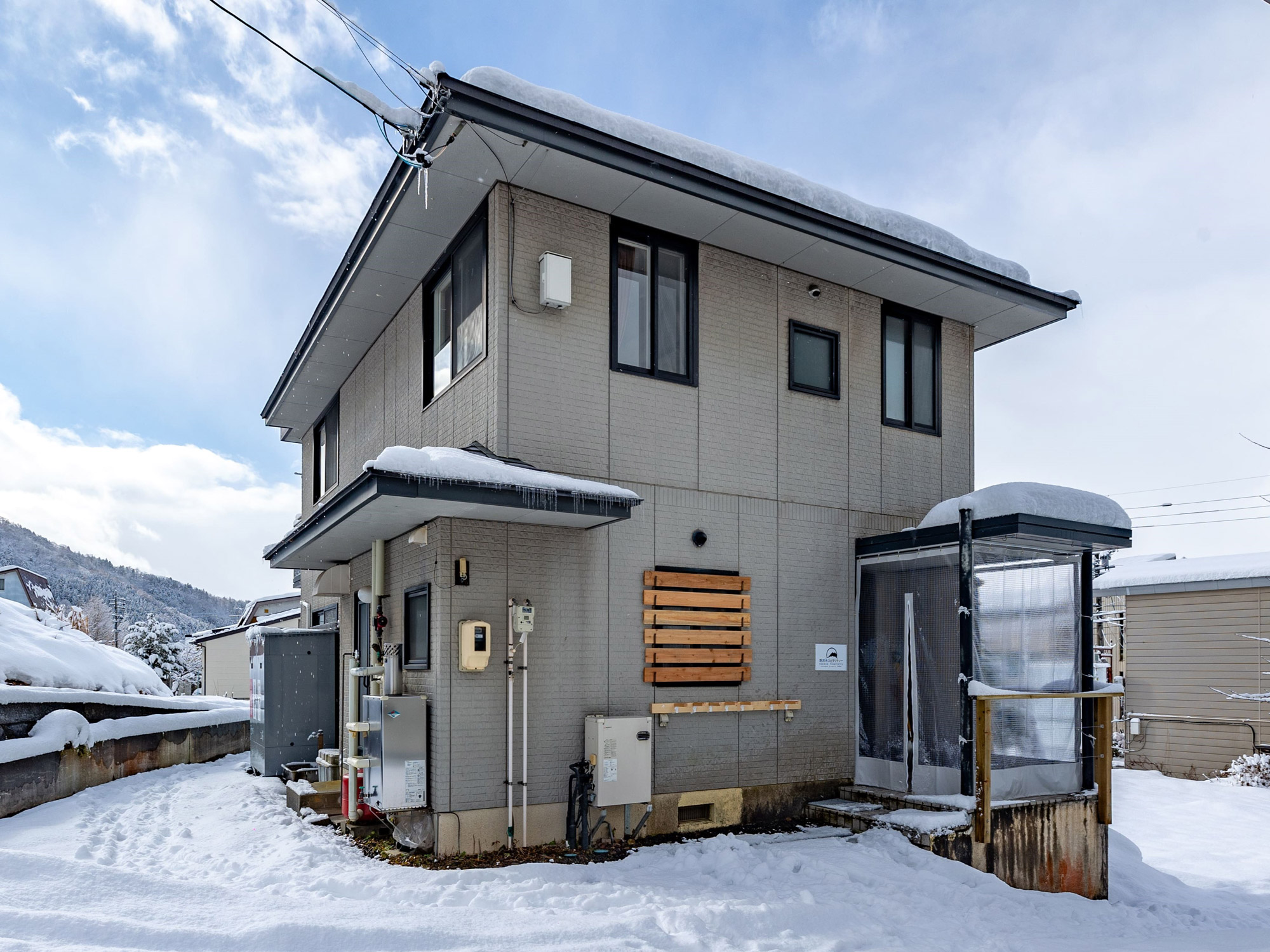by Kazuo Uehara, a local editor
Photo credits: Shinichi Kubota
In the 1960's, the number of people enjoying skiing as a recreation increased with the wave of rapid economic growth that was sweeping Japan. New ski areas were opening all over Japan, and Nozawa Onsen also started to gain in popularity.
The Ski Club managed the ski resort in Nozawa Onsen, developing and maintaining lifts and ski slopes. To continue to manage and develop the ski resort under with the cooperation of villagers, management of the ski resort was transferred to the village in 1963 for ski resort development. The new roles were divided between the village and Ski Club as "two halves of the whole." The village managed the operations of the ski resort, while the Ski Club devoted its time to training athletes and hosting tournaments.
There was a significant increase in the number of ski lifts and new slopes after the village took over, bringing prosperity to the village-run ski resort.

Increase in Guesthouses
From the 1950's onwards, the New Year holidays attracted so many visitors that some large ryokan, or traditional Japanese hotels, would ask farmers to provide lodging to guests who could not be accommodated at the ryokan - this was the beginning of guesthouses.

Guesthouses were cheaper than ryokan, and the number of visitors who preferred a family atmosphere increased.
However, they had to obtain a license from the health center to open for business, which limited the number of guests in old buildings, leading many to renovate or rebuild their homes as the number of visitors increased.
The Guesthouse Association was established in 1961.
You can see that the number of guesthouses increased rapidly from the 1970's onwards: almost half of village households were running a guesthouse. Three-quarters were small- to middle-sized guesthouses with a capacity of up to 40 guests. It is characteristic of Nozawa Onsen that guesthouses were run only in winter as an additional source of income.
A Comfortable Village
To further drive the success of the ski resort, it was necessary to make the village a more comfortable and convenient place. This was for the benefit of both ski and onsen visitors, and, naturally, the villagers themselves.
First, the roads had to be easy to use even during snowy winters. In 1954, removing snow on the road using bulldozers was a success, and it became possible for regular buses to run between Kijima and Nozawa Onsen even in the winter.

A snow-melting system was incorporated in main roads used daily in the village, where the road was paved over pipes that circulated water heated by a boiler, or drained onsen water, to raise the temperature of the road and melt the snow.
As the number of visitors grew every year so did the amount of sewage, but with snow pilling up on village roads, treatment could not be sufficiently managed by human labor. The first sewage treatment facility was built in 1962 - relatively early; it was the first sewerage system in a village in Japan.
However, kitchen and other waste was being flushed into the river, and the pollution of the river was still a problem. The effectiveness of performance of the first sewage treatment facility was low, so a new facility was designed and built in 1979. After that, the sewage diffusion rate increased to nearly 100%. In addition, the new sewage treatment facility allowed water to be reused for farmland, completing the natural water circulation process by turning compost into fertilizer, and so contributing to the effective use of resources.
The increasing popularity of the lnterski event and the hosting of the Nagano Olympic biathlon competition in the 1990s led to improvements in public facilities, to ryokan toilets and baths being changed from Japanese to Western style. There was also a movement to plant flowers and remove garbage to create a cleaner and more attractive environment.








-min.jpg)



.jpg)


.png)

.png)
.jpg)
















%20(1).jpg)
















.png)













